
Browser vs. Inbox: Where AI Threats Strike First?

AI-enhanced attacks increasingly target the browser just as much as the inbox. For years, email filters and endpoint AV were the frontline against phishing. But as attackers weaponize generative AI, they are crafting dynamic, context-aware lures on the web that traditional inbox defenses miss. Email protection alone is no longer sufficient. Enterprises must now harden both layers – the inbox and the browser – with AI-powered defenses.
Attackers now use AI to spin up hundreds or thousands of unique phishing websites per campaign. These sites can convincingly mimic corporate login portals, inserting real branding and even updating content in real time to match the target. In one example, researchers found an AI tool generating fake sign-in pages for Microsoft 365 and cryptocurrency sites in seconds. Because these malicious pages look flawless – no spelling errors or ".xyz" domains – they fool users and evade blocklists, hiding in plain sight. With attackers now blending email lures with real-time browser exploits, organizations need browser-level AI protection alongside inbox defenses to stay safe.
Inbox vs Browser: Defining the Threats
Historically, phishing was synonymous with email. Email gateways and spam filters would catch malicious links before they reached users' inboxes. But the AI era has blurred that line. Now attackers weaponize both the inbox and the browser in tandem. Email-based threats like spear-phishing and BEC remain common, but more attacks start or continue in the browser. Security analysts note that modern phishing is multi-modal.
AI-powered attacks "aren't just about sending emails" – they orchestrate multi-channel campaigns combining email, voice deepfakes, video, and chat bots. An attacker might send a realistic email and follow up with a spoofed phone call. Both direct the victim to a malicious website. The rise of such multi-stage attacks demonstrates that we must secure every layer.
To compare the two paths:
- Inbox-based threats involve the sending of malicious emails or messages. These rely on social engineering – deceptive text, spoofed senders, attachments or URLs – to trick users. Defenders use email security (filters, sandboxing, DMARC, etc.), plus user training, to block or report suspicious mail. AI has begun playing a role here too, helping attackers craft personalized phishing texts and helping defenders by analyzing email content for anomalies.
- Browser-based threats occur when a user visits or interacts with a website. This includes clicking a link in an email and landing on a malicious page, stumbling onto a compromised site, or even installing a malicious browser extension. These threats exploit the browser environment: fake login pages, drive-by downloads, formjacking scripts, rogue add-ons, and unsanctioned apps all fit here. Many involve dynamic, on-the-fly changes that make detection difficult. Because these attacks unfold after the user has clicked something, they often slip past email filters.
Attackers increasingly treat the email as a gateway to a richer browser-based attack. For example, one StrongestLayer report describes a case where victims received both an AI-generated voice call impersonating "Google Security" and a branded email simultaneously – both pointing to the same malicious link. The email even included valid Google logos and DKIM signatures, allowing it to bypass Gmail's defenses. Once the user clicked through, the real deception played out on the web page. This kind of blended campaign shows that neither inbox nor browser is safe alone – attackers will strike wherever defenses are weakest.
Common Browser-Based Threats
Browser-based AI threats come in many forms, exploiting our trust in websites and web applications. Unlike static email content, the browser can host active code, making it a fertile ground for dynamic attacks. Key examples include:
Phishing & Fake Login Pages
Cybercriminals set up web pages that look exactly like legitimate company login screens (banking portals, SaaS services, etc.). AI can rapidly generate or clone these sites. In one attack method, a hidden script replaces the user's open browser tab with a fake login page once the user switches focus. Trusting it, the victim enters credentials that are immediately stolen. This "tabnabbing" example – where a page silently transforms into an imitation of the bank's site – underscores how dangerous browser phishing is.
Today's attackers take this further by using AI to personalize phishing pages on the fly. For instance, a phishing page might read the victim's email domain from the URL and fetch that company's logo and favicon to display. This personalization makes the page look like an official login for your company. By incorporating organization-specific branding, these pages become extremely convincing and targeted. As one threat analyst notes, such automated personalization "significantly enhances the credibility of the phishing attempt."
AI-Generated Phishing Sites
Generative AI tools have made it trivial to create new phishing websites. In July 2025, security firm Okta discovered criminals exploiting an AI web builder (Vercel's v0 model) to instantly generate cloned sites for Microsoft 365 and crypto services. By simply feeding a prompt, the AI spit out a full login page that's indistinguishable from the real thing. Because these AI-generated sites have perfect spelling, grammar, and even HTTPS certificates, traditional cues for phishing are gone. As the PaymentsJournal reports, such AI-crafted sites "take phishing to new heights." In practice, this means an attacker can spam a link with no visible flaws – the user clicks, the page is live, and all defenses tied to known bad URLs fail to catch it.
Drive-By Downloads
These are automatic malware installs triggered by simply visiting a website. Vulnerable browsers or plugins silently download malicious code without the user's knowledge. Kaspersky defines a drive-by download as "unintentional download of malicious code" where "you don't have to click on anything… to become infected." Simply put, no confirmation dialogs – the site exploits an unpatched flaw and drops malware behind the scenes. Real-world campaigns mix email lures with drive-by exploits.
For example, a user might get an email or social post with an urgent link. Upon visiting the site, hidden exploit kits identify the browser's vulnerabilities and install malware. Kaspersky notes that fully unauthorized drive-by downloads happen "without any prompts or further action." This underscores a multi-stage pattern: an email click leads into the browser, where the compromise actually occurs, often too fast and stealthily for email scanners or even endpoint AV to intercept.
Formjacking (Web Skimming)
A subtler attack involves injecting malicious JavaScript into legitimate websites' forms. When victims enter data (like credit card details) on a hijacked checkout or signup form, the script quietly copies the info to the attacker. High-profile incidents like Magecart and related breaches have hit major retailers this way.
In a typical scenario, an e-commerce checkout page is compromised by a hidden script. When you type your card number to pay for shoes, the code instantly relays those digits to the attacker's server, all without triggering any anti-virus alert. Formjacking is especially dangerous because it exploits user trust in a site they think is safe; even if the email was legitimate, the browser layer can betray the customer.
Malicious Browser Extensions
Browser add-ons can dramatically expand the threat surface. A bad extension – even if downloaded from a legitimate store – can gain permissions to read or modify any site a user visits. Recent attacks have shown how powerful this can be. In late 2024/early 2025, attackers compromised a cluster of 35 popular Chrome extensions (ad-blockers, themes, proxies, etc.) used by millions of users. Once installed, these extensions disabled built-in security policies and injected scripts into every webpage the user browsed. The malicious code could steal session cookies, alter page content, or redirect searches – all without the user realizing it.
Shadow IT and Unmanaged Apps
The browser is also how employees access cloud apps outside IT's control. Shadow IT – when users install unapproved SaaS or tools – widens the attack surface. Cisco notes that shadow IT (unauthorized software/hardware use) creates "serious security gaps" because the security team has no visibility into what is deployed. For instance, a marketing team might sign up for a new CRM or a generative-AI writing tool on their own, and install browser plugins for it. If those services are insecure or the plugins are malicious, attackers can slip in through that channel. According to a recent survey, 39% of employees use apps not managed by their company on work devices. Each of those unsanctioned apps is a potential drop point for malware or data leaks. Essentially, anything outside corporate email/MFA – accessed in the browser – is a blind spot for many organizations.
Together, these threats show why the browser is a critical battleground. AI is turbocharging each category. For example, attackers can now use ML to automatically craft fake pages, bypass CAPTCHA by solving it with AI, or even modify images so that phishing sites look uncannily real (image-based phishing). Whether it's a cloned login page, a hidden exploit, or a compromised extension, modern attackers rely on the browser layer to seal the deal after an initial email lure.
Multi-Stage AI Attacks: Email + Web
Increasingly, attacks unfold in multiple stages and channels. A malicious email or text message may only be the first step. Once the user engages (e.g., clicks a link), the attack pivots to the browser. This trend is often called multi-stage phishing. In these complex scenarios, attackers use a sequence of steps to build trust and then execute the compromise.
For example, an attacker might send a credible-looking onboarding email with a link. When the employee clicks it, the link leads to a site that first shows a benign page (gaining trust), then redirects to a credential-harvesting form. Meanwhile, behind the scenes, the site may try to exploit the browser. Multi-stage attacks can even include voice or video: one case involved an AI-generated phone call posing as "Google Security" confirming the need to click a link from an email. Only after this orchestration does the user enter sensitive data or unknowingly download malware.
In practice, a single campaign may involve:
- Step 1: An AI-crafted spear-phishing email arrives (warm tone, no spelling mistakes) and evades the spam filter.
- Step 2: The email lures the user to click a link, which opens in the browser.
- Step 3: The malicious website dynamically adapts (based on the user's domain or profile) and prompts for credentials or downloads malware. This could include a drive-by exploit that infects the machine without consent.
- Step 4: If credentials were stolen, attackers may use them for further phishing/impersonation; if malware was installed, it can infect the network.
One real-world example: Okta discovered hackers using an AI site-builder to instantly generate phishing websites for known brands. The attackers then sent link-trails in emails or messages; any victim who clicked was taken to a fully-formed fake login page (crafted by AI) that harvested their details. Another case involved a credential-stealing add-on: a user clicked an email link, which led them to install what seemed like a legitimate browser extension (in reality, a malicious one).
The sophistication of these attacks makes them especially dangerous. They exploit the chain of trust: even if your email scanning is perfect, once the user is in the browser, conventional security often stops. And because each step is tailored – AI may personalize the email and site for the target – standard indicators are hidden. Modern campaigns treat the browser and inbox as a continuous battlefield, and defense must be layered accordingly.
Why Email and Endpoint Defenses Fall Short
Given these threats, it's clear that traditional inbox security and endpoint AV have limitations against AI-powered phishing. Static methods like blocklists, signatures, and basic sandboxing simply can't keep pace with dynamic browser attacks. Consider how many new phishing sites appear every day: StrongestLayer's telemetry shows 6.5 million unique phishing domains/URLs that public blacklists missed. Each of those links could be live for hours before any vendor catches on. Gmail's filters may stop 99.9% of known threats, but AI-enabled scammers generate brand-new URLs on the fly, bypassing those safeguards.
Endpoint protection (AV/EDR) also misses much of this. If a browser site simply steals credentials or drops fileless malware, the endpoint may not detect anything suspicious. Even if a drive-by download installs a rootkit, AV might not recognize it until later – by which time it could have done real damage. And while two-factor authentication (2FA) helps, attackers now have ways to bypass or phish 2FA codes too. Essentially, antivirus and 2FA protect after someone tries to break in, but not while they are tricking someone through the browser. As one analyst bluntly notes, "antivirus catches known malware and 2FA protects accounts, but neither stops someone clicking a malicious link." Advanced anti-phishing tools, however, "analyze intent in messages and intercept threats that traditional AV/2FA won't catch." Without a bridge in the browser, the attack chain remains intact.
Even built-in browser defenses can miss new threats. Modern browsers have Safe Browsing (Google) or SmartScreen (Microsoft) databases of malicious sites, but those databases update slowly. StrongestLayer's Q&A notes that by the time Chrome flags a URL, an AI attack could have already moved on or launched variants. Relying on email filtering and endpoint tools leaves a blind spot at click-time. Enterprises need real-time inspection and policy controls in the browser to catch the deception before damage is done.
StrongestLayer Browser Protection: AI-Powered Defense
To address this gap, StrongestLayer offers an AI-native browser protection solution that acts as an additional security layer inside the browser itself. This extension (compatible with Chrome, Edge, Firefox, etc.) continuously monitors web activity and stops threats in real time. As soon as a user clicks any link (from email, chat, or anywhere), the StrongestLayer extension intercepts it and applies machine-learning risk analysis. It "assigns a risk score" to the URL using predictive AI models and live threat intelligence. If the site is deemed dangerous, the extension immediately blocks the page and shows an alert to the user. Simply put, it works like an AI-powered web shield: even if a new phishing site slips past your network defenses, the browser layer will prevent it from loading.
Key capabilities of StrongestLayer's browser protection include:
- Real-Time URL Analysis: Every clicked link is analyzed on-the-fly. The system uses machine learning and real-time threat intel to detect malicious links, proactively blocking threats before the page renders. This real-time URL analysis catches zero-day and AI-generated URLs that aren't yet in any blacklist.
- Predictive AI Risk Scoring: The extension continuously scans browser behavior and content, looking for anomalies. For example, if a site begins to inject hidden scripts or resemble a known phishing pattern, the AI flags it immediately. As StrongestLayer describes, the system "detects anomalies, assigns risk scores, and warns users of potential threats." Risky actions (like requesting additional permissions or modifying page content) increase the score, triggering a block if it crosses a threshold.
- Automated Response & Alerts: Upon detection, the tool automatically blocks malicious sites and notifies the user. This means employees are stopped in their tracks – they never even reach the exploit or fake login page. The interface provides a clear, user-friendly warning with details of why the page was blocked. The goal is to prevent even a single visit to a compromised site. As one Q&A notes, "even if a user is tricked into clicking a link, a tool like StrongestLayer's Browser Protection can still stop the malicious site from loading."
- Enforced Safe Browsing & Policy Controls: In addition to AI, enterprises can set strict browser policies. For example, admins can lock browsers into enhanced Safe Browsing mode (Chrome/Edge "high protection"), disable private/incognito browsing (to ensure filters apply), and restrict extensions. StrongestLayer's solution can enforce these settings and scan allowed extensions for risk. By blocking unsanctioned add-ons and downloads, it further shrinks the browser attack surface.
- Seamless Enterprise Integration: The extension works with major platforms (Google Workspace, Microsoft 365, SSO portals) and integrates into existing security stacks. It complements SWGs and email security, not replaces them. Administrators can view logs and alerts in real time, correlating blocked incidents with user reports.
Crucially, this approach catches novel threats that static tools miss. Built-in features like Google Safe Browsing rely on known lists, but AI-enhanced attacks generate brand-new URLs and bypass those lists. By adding a predictive layer at the browser, StrongestLayer ensures that even fresh, AI-generated phishing sites are flagged. In practice, organizations report catching many novel phishing domains at the moment they go live, before any user is harmed.
Deploying StrongestLayer's browser extension effectively means real-time AI-powered web security inside the browser. Rather than waiting for user reports or signatures, the system proactively inspects the site's behavior. As summarized on StrongestLayer's product page: "AI continuously scans browser activity to spot cyber threats before they escalate," and it "proactively blocks threats and secures your digital environment." For enterprises, this means adding a last line of defense: if a malicious link sneaks past the inbox, the browser itself will not let it proceed.
AI Inbox Advisor: Contextual In-Mail Alerts
While browser protection blocks threats post-click, StrongestLayer's AI Inbox Advisor strengthens the pre-click layer by empowering users within their email interface. This solution acts as a real-time cybersecurity coach inside the inbox, analyzing each incoming message's content, sender, and links. When it spots something suspicious – for example, an unusual domain or wording – it surfaces a contextual alert or warning to the user right in their email view. This on-the-spot guidance helps recipients make safer choices (e.g., "A link in this email looks suspicious. Are you sure you want to click it?").
Key aspects of AI Inbox Advisor include:
- Real-Time Email Analysis: The system applies AI to every email as it arrives. It examines sender behavior (e.g., new or spoofed domain), content semantics, and anomalies. According to StrongestLayer, the advisor "scans incoming emails for threats and anomalies" and "identifies risks" like spoofed accounts or phishing attempts. Unlike static rules, the AI can catch subtle red flags (like slight deviations in writing style or unexpected requests).
- Contextual Alerts & Guidance: When a message is flagged, the advisor generates a clear, actionable alert in the email client (Outlook, Gmail, etc.). This might be a red banner, pop-up, or advice note. The alert is written in plain language so that any user can understand the issue (e.g., "This email is asking for password reset. Exercise caution."). The goal is to educate the user at the point of risk. As StrongestLayer says, the inbox advisor provides "real-time, contextual alerts and recommendations directly in your inbox."
- User Empowerment: By highlighting suspicious emails and explaining why, the advisor turns employees into an active defense layer. They can more confidently spot scams instead of second-guessing. This complements training: rather than just blocking all risky emails (which can create business friction), it gives end-users the context they need to verify senders or refuse requests.
- Seamless Integration: The advisor works with popular platforms like Microsoft 365 and Google Workspace. It fits into the email flow without requiring users to change behavior. Because it's AI-powered, the alerts adapt to new patterns (for example, if a new phishing campaign emerges, the model can learn to recognize it).
In essence, AI Inbox Advisor provides a proactive human layer at the email gateway. When paired with browser protection, it forms a dual defense: the inbox tool warns users about a threat, and if they do click through, the browser tool stops it. This layered approach significantly reduces the chance of a successful phish. It also helps with catch-and-release scenarios: if an email somehow bypasses scanning, the advisor might catch it before damage. As one StrongestLayer write-up puts it, the inbox advisor "empowers users to make informed decisions, reducing the risk of falling for phishing scams." Together, these AI-powered solutions bring modern AI-enhanced web security and email security into the enterprise.
Final Thoughts & Next Steps
Enterprise decision-makers must recognize that AI has blurred the boundary between inbox and browser threats. Attackers no longer rely solely on email; they blend channels and exploit every available vector. Traditional filters alone can't keep up with the scale and speed of AI-powered scams. Legacy tools that look only at static email content or known-malware signatures will increasingly leave gaps.
The solution is a layered, AI-native defense. At the email layer, AI-powered inbox advisors give real-time user alerts, helping catch the latest social engineering tactics. In the browser, AI-enhanced protection performs continuous, real-time URL analysis – scanning every click and blocking novel threats immediately. As industry experts have concluded, this browser-level protection is now "the only effective prevention strategy" against modern phishing.
Deploying StrongestLayer's Browser Protection means malicious links are analyzed and often blocked at the moment of click, before malware or credential theft can occur. Having its AI Inbox Advisor means users get contextual warnings in their email UI, effectively turning them into their own last line of defense. Together these solutions address exactly the gaps that malicious AI campaigns exploit.
Ultimately, relying on email scanning or endpoint AV alone is like locking the front door but leaving the back door wide open. Today's AI-generated attacks slip through traditional cracks. By contrast, integrating real-time AI browsing security with enhanced email alerts seals those holes. Enterprise leaders should ensure their cybersecurity strategy includes both: state-of-the-art browser phishing protection and AI-enhanced inbox defense.
Next Steps: To explore how these solutions can work in your organization, see StrongestLayer's offerings:
- Visit the Browser Protection page to learn how real-time URL analysis and AI risk scoring safeguard web browsing.
- Check out the AI Inbox Advisor page to see how in-mail AI alerts can empower your users.
By adopting layered, AI-native defenses across email and web, organizations can stay ahead of sophisticated attackers. In the race between inbox and browser, make sure neither is left undefended.
Frequently Asked Questions (FAQs)
Q1: Why should I focus on both browser and inbox security?
While inbox security has long been the main line of defense against phishing attacks, modern AI-enhanced threats increasingly exploit the browser as well. Cybercriminals often use the inbox to deliver phishing emails, but once a user clicks a link, the browser becomes the target. Focusing on both inbox and browser security is essential to ensure a comprehensive defense against multi-stage AI-powered attacks.
Q2: What is browser-based phishing?
Browser-based phishing involves malicious websites that mimic legitimate login pages, usually delivered through links in emails or other forms of communication. These phishing sites are designed to steal sensitive information like usernames and passwords. They can also deliver malware via drive-by downloads or compromise web forms (formjacking).
Q3: How do AI tools improve browser and inbox security?
AI tools improve security by using machine learning to analyze patterns, behaviors, and anomalies that traditional signature-based systems might miss. In the inbox, AI helps identify suspicious emails by analyzing sender behavior and content for red flags. In the browser, AI continuously evaluates the risk of each URL in real-time, blocking harmful pages before they can do any damage.
Q4: What are multi-stage AI attacks?
Multi-stage AI attacks involve a sequence of threats that combine both email and web components. For example, a phishing email might direct a user to a malicious website. Once there, the attacker can exploit the browser's environment, delivering malware or stealing credentials. These attacks often employ AI to personalize the content, making it more convincing and harder to detect.
Q5: How does StrongestLayer's Browser Protection work?
StrongestLayer's Browser Protection uses AI to continuously monitor web activity. When a user clicks a link, the extension analyzes the URL in real-time using predictive models and live threat intelligence. If the URL is deemed risky, it blocks the site and alerts the user, preventing exposure to malicious pages or downloads.
Q6: Can AI Inbox Advisor stop phishing emails?
Yes, the AI Inbox Advisor can help identify phishing emails by analyzing their content, sender, and links. If the AI detects a suspicious email, it provides a contextual warning to the user within their inbox, alerting them to potential risks. This helps users make safer decisions before interacting with the email or clicking any links.
Q7: What is formjacking, and how does it work?
Formjacking is a type of attack where cybercriminals inject malicious JavaScript into legitimate websites' forms (e.g., login or payment pages). When users input their personal information, the script silently sends it to the attacker. This attack is particularly dangerous because users believe they are interacting with a trusted website.
Q8: How can AI-based browser protection help with drive-by downloads?
AI-based browser protection can stop drive-by downloads by detecting malicious behavior before it happens. In a drive-by download attack, malware is automatically downloaded to a system simply by visiting a compromised site. StrongestLayer's Browser Protection analyzes the website's behavior and flags suspicious sites before the download occurs, preventing malware from infecting the system.
Q9: How do browser extensions pose a risk to security?
Malicious browser extensions can silently monitor your online activities, steal sensitive data, and manipulate content on websites. Even extensions from reputable sources can be compromised. StrongestLayer's browser protection ensures that only trusted extensions are used, and unapproved extensions are blocked, reducing the risk of malicious add-ons.
Q10: What are the advantages of using AI-powered security over traditional antivirus software?
Traditional antivirus software relies on known malware signatures, making it effective at blocking recognized threats but vulnerable to novel attacks, including those generated by AI. AI-powered security tools, like StrongestLayer, proactively analyze web activity, detecting previously unseen threats and blocking them in real-time, even before they are identified by traditional antivirus software.
Q11: How does AI-enabled browser protection prevent zero-day attacks?
Zero-day attacks involve new vulnerabilities that are unknown to security vendors, making them difficult to defend against. AI-enabled browser protection like StrongestLayer's uses predictive analysis and real-time threat intelligence to detect and block zero-day phishing sites or drive-by downloads. It continuously monitors web activity and evaluates the risk of each page, even if the attack has not been cataloged by blacklists.
Q12: Is StrongestLayer's Browser Protection easy to deploy?
Yes, StrongestLayer's Browser Protection is easy to deploy across enterprise environments. It works with major browsers such as Chrome, Edge, and Firefox, and integrates seamlessly with existing security stacks. Admins can quickly configure and enforce security policies and monitor activity in real-time.
Q13: What's the difference between StrongestLayer's browser protection and other web security solutions?
Unlike traditional Secure Web Gateways (SWGs) or endpoint solutions, StrongestLayer's Browser Protection leverages AI-powered real-time analysis of every website a user visits. This means it can detect and block new threats – including AI-generated phishing sites – as soon as they appear, without relying on outdated blacklists or signatures. It's designed to complement other security solutions rather than replace them.
Q14: How does the AI Inbox Advisor handle false positives?
The AI Inbox Advisor uses advanced algorithms to minimize false positives by analyzing patterns in email content, context, and sender behavior. If a message is flagged, users receive a clear, contextual warning that helps them assess whether the email is legitimate or suspicious. The system is continuously refined to improve accuracy and reduce errors.
Q15: Can AI-powered security prevent all phishing attacks?
While AI-powered security significantly reduces the risk of phishing, no solution can guarantee 100% protection. However, AI-powered tools are far more effective at detecting and blocking new, evasive threats compared to traditional methods. By combining browser protection and inbox analysis, organizations can dramatically reduce the chances of a successful phishing attack.
Q16: What are the best practices for securing both the inbox and the browser?
- Use AI-powered security solutions that protect both the inbox and the browser in real-time.
- Train employees to recognize phishing tactics and suspicious behaviors.
- Enforce strict browser policies, like disabling risky extensions or blocking private browsing.
- Implement multi-layered defenses that combine email, browser, and endpoint security.
- Monitor and update security systems regularly to stay ahead of evolving AI-based threats.





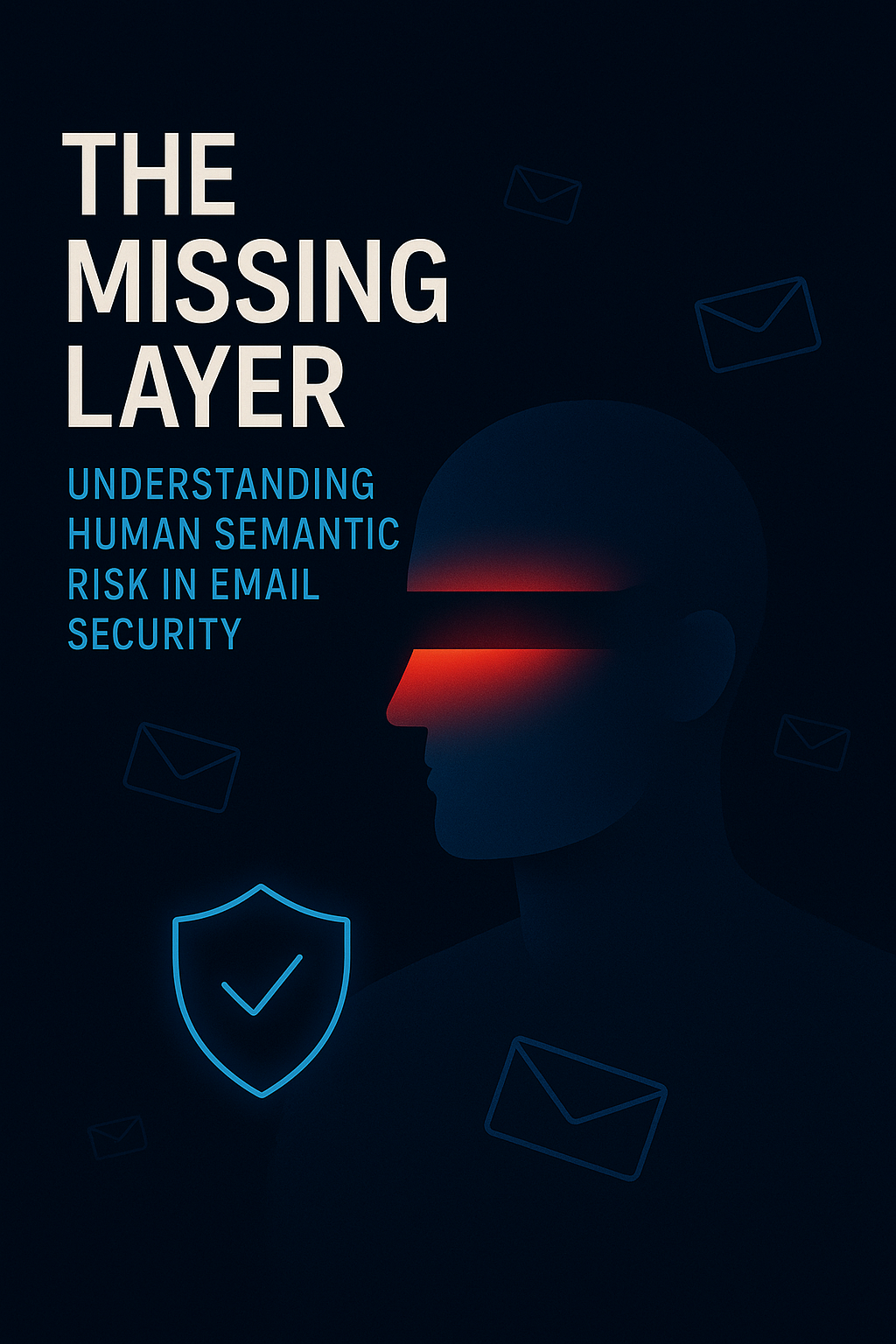
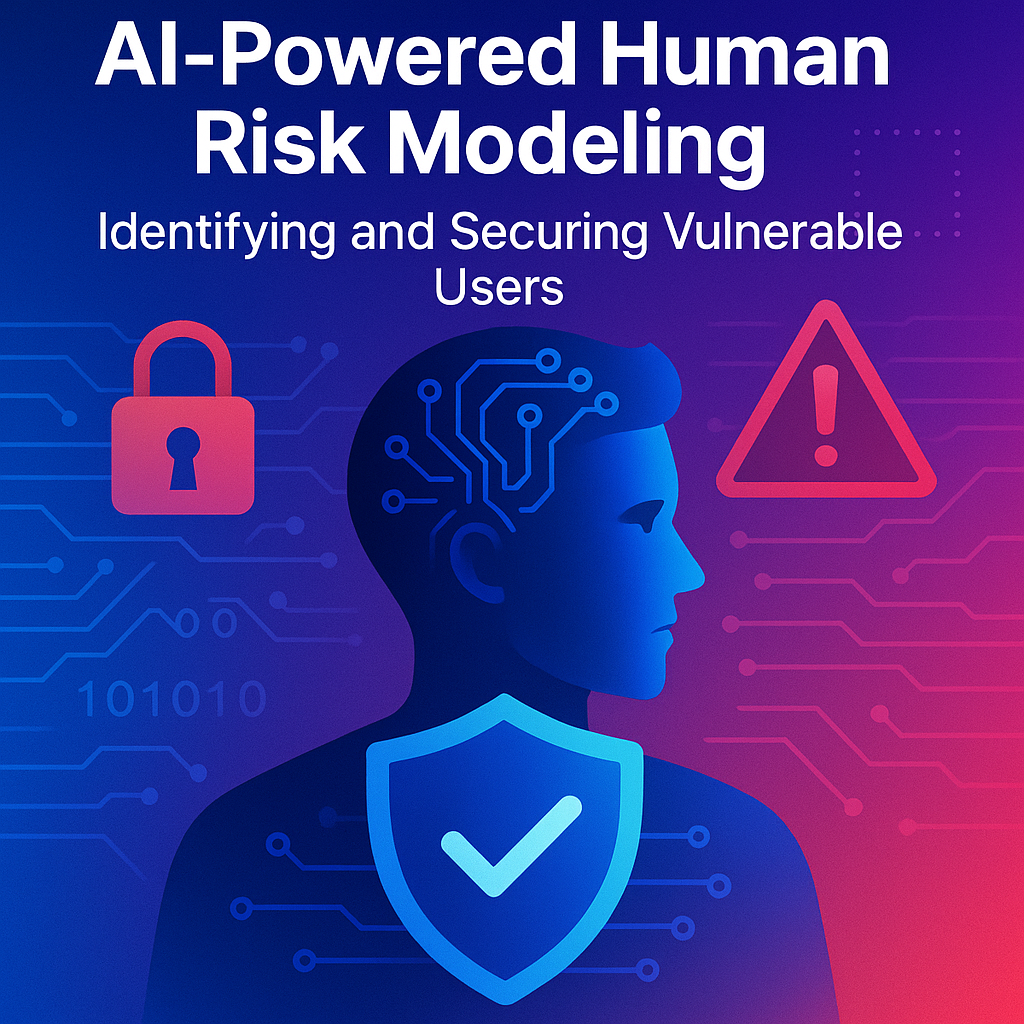




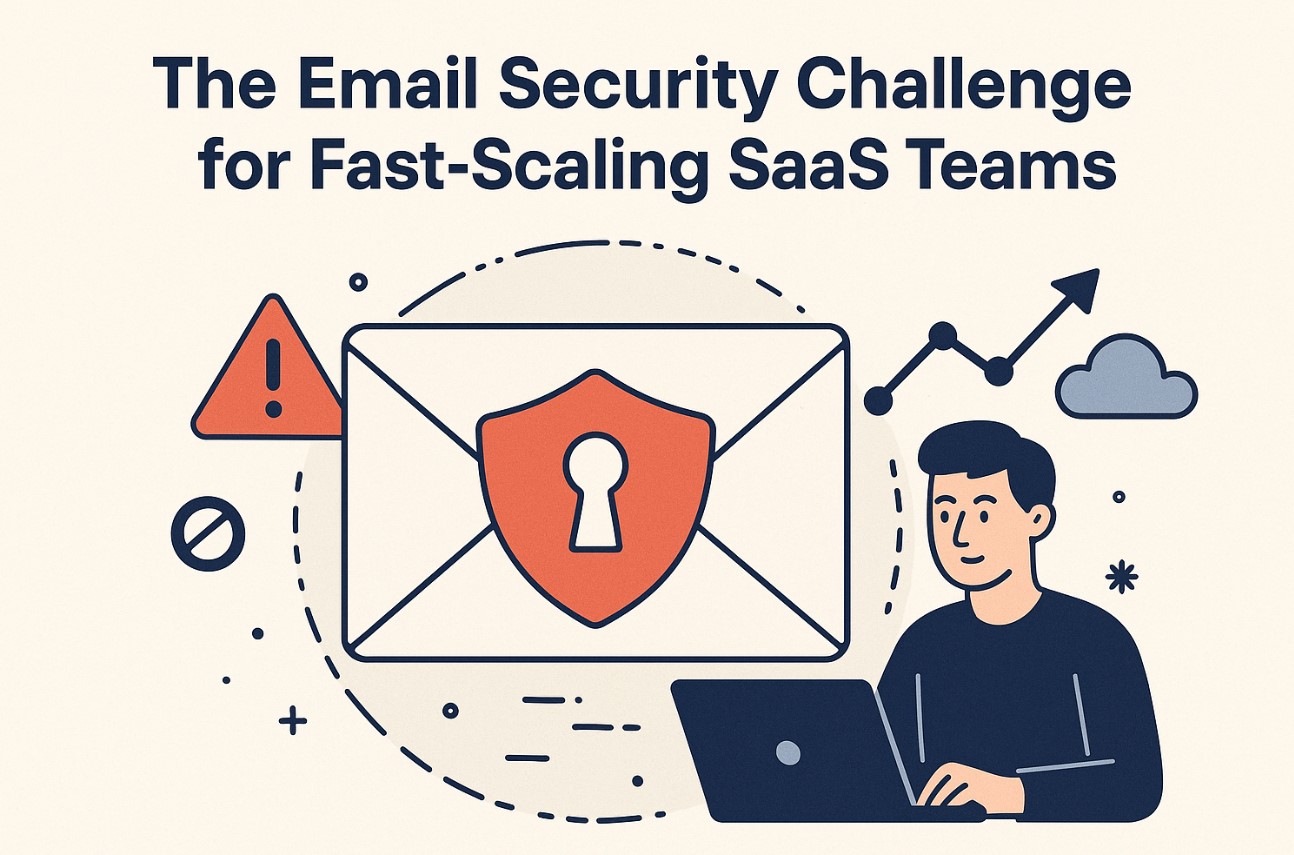
.png)
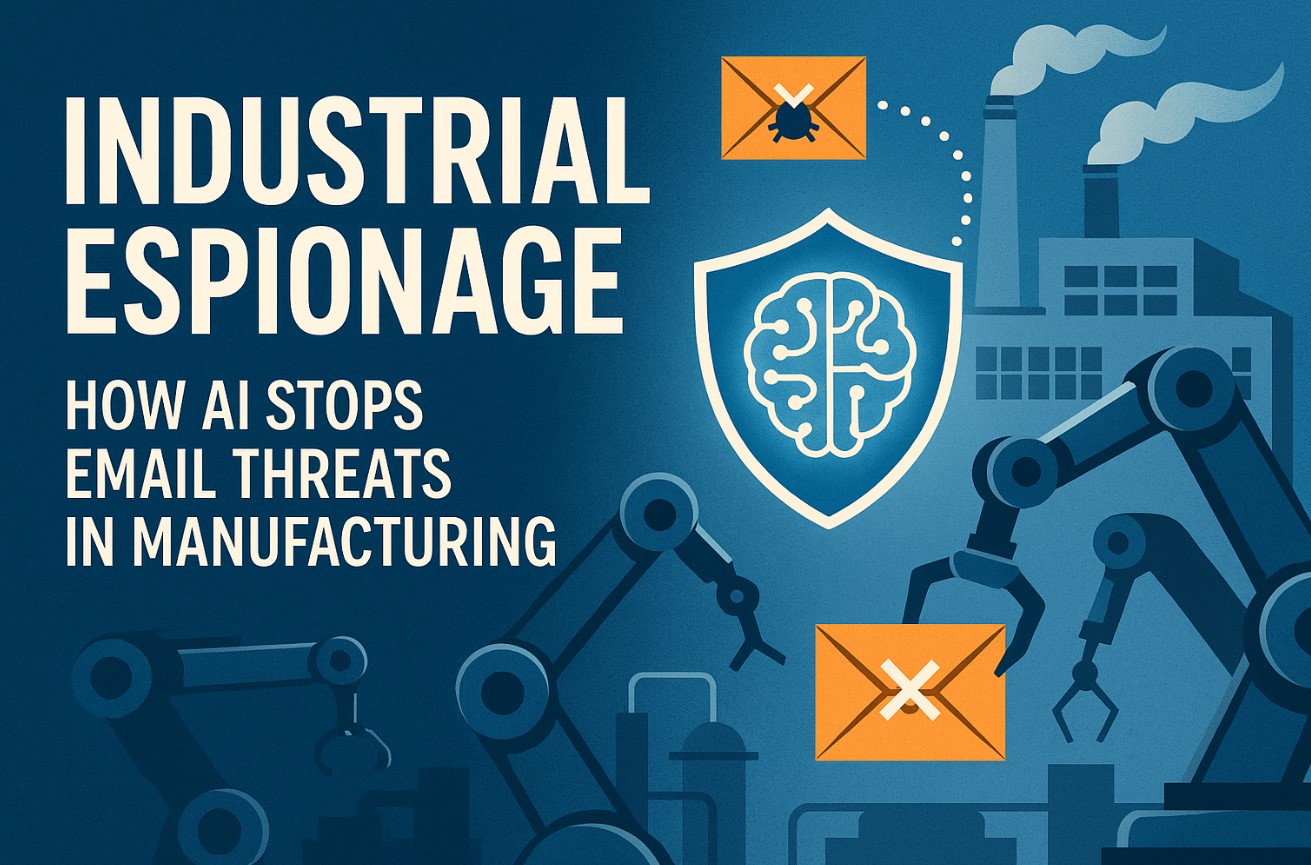

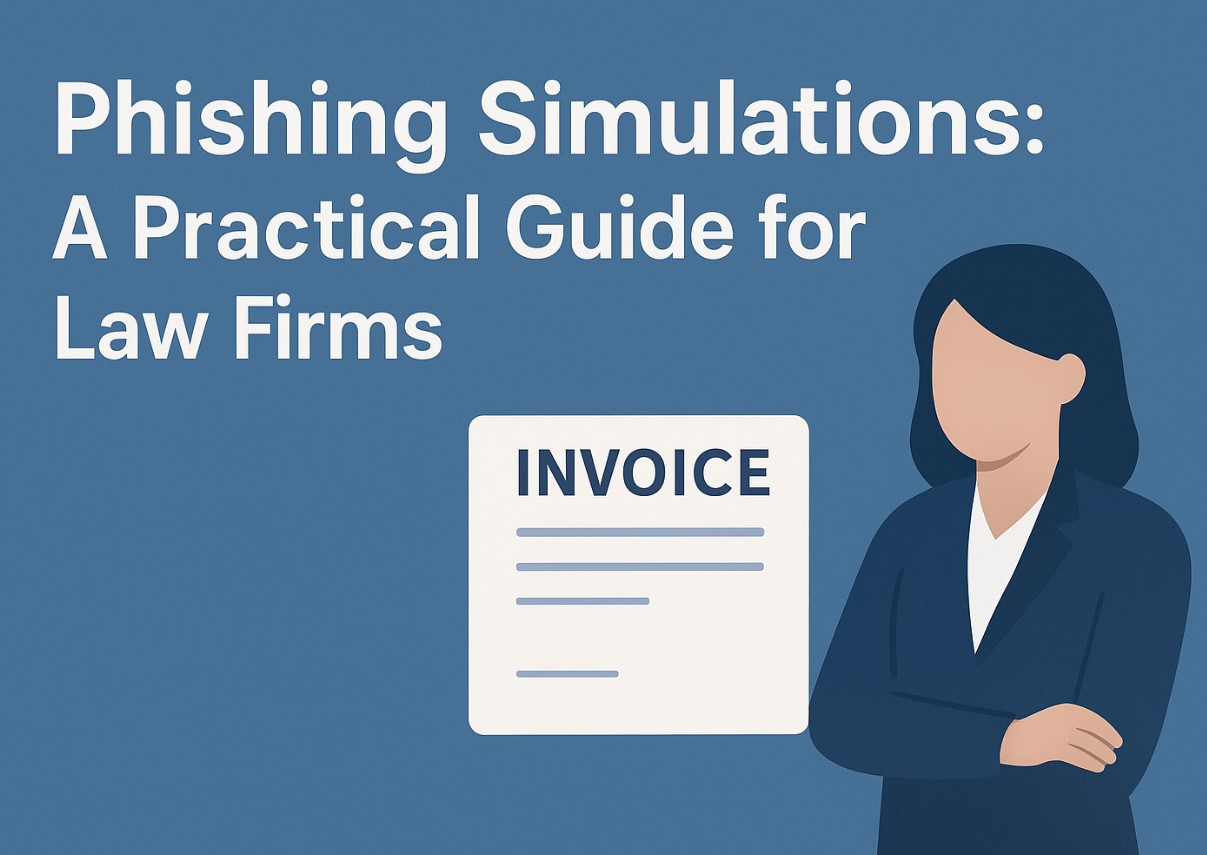


.png)
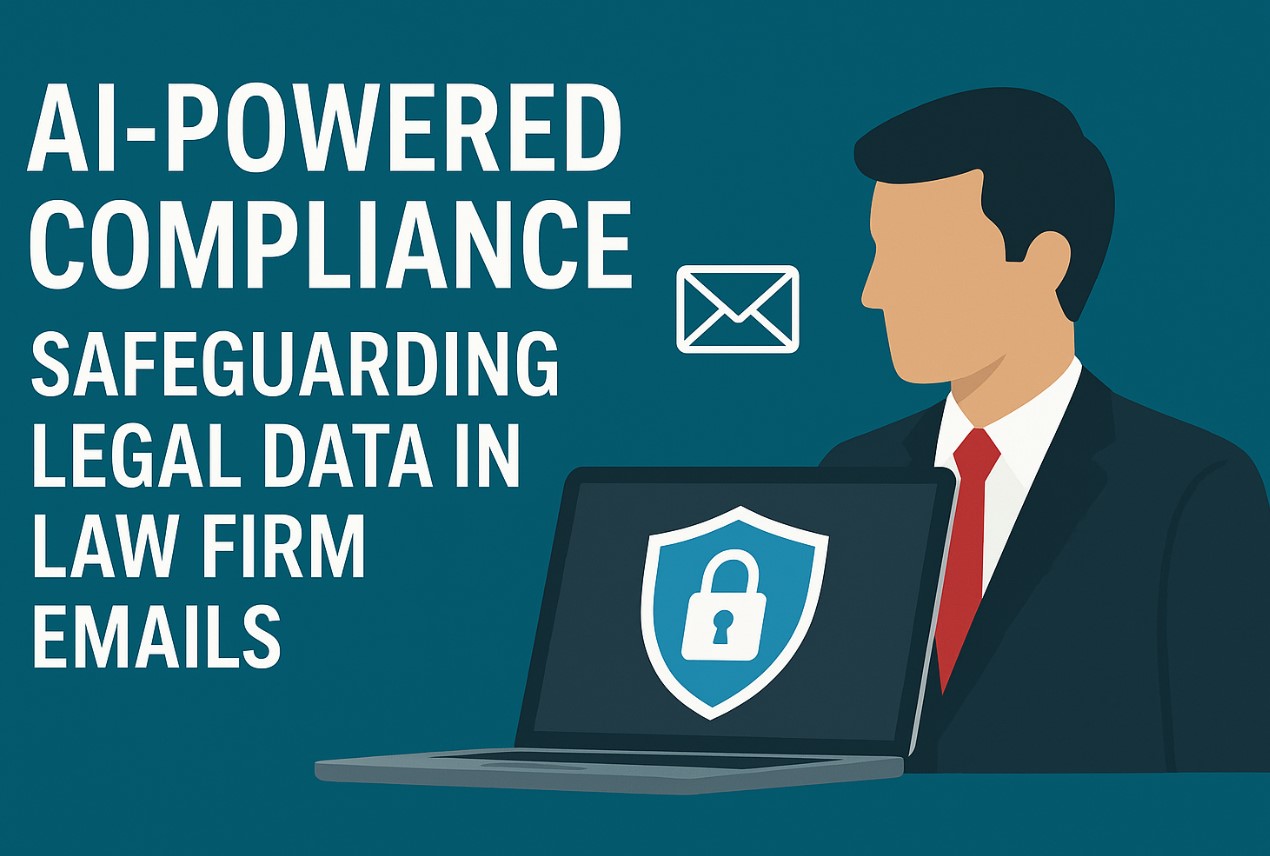
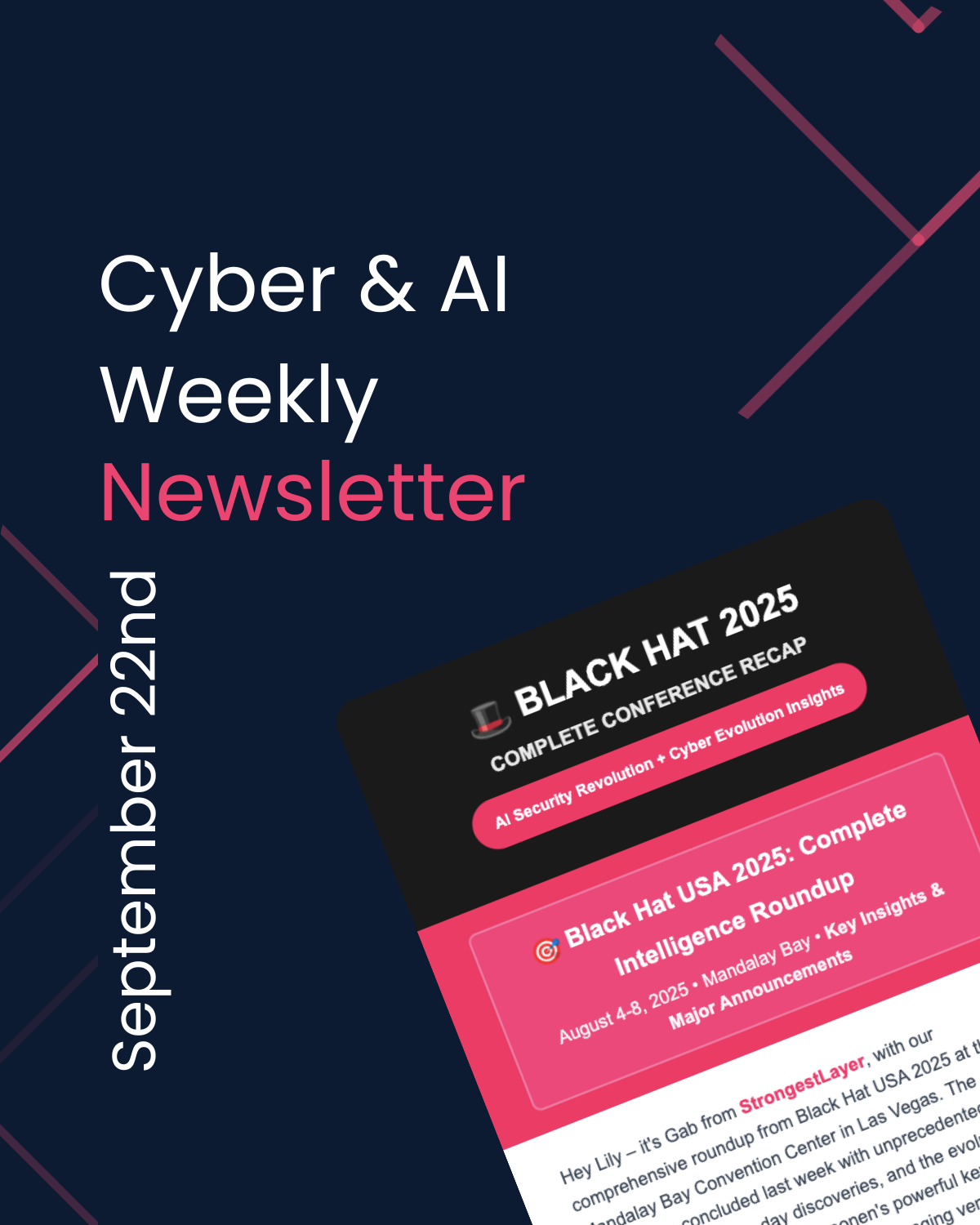
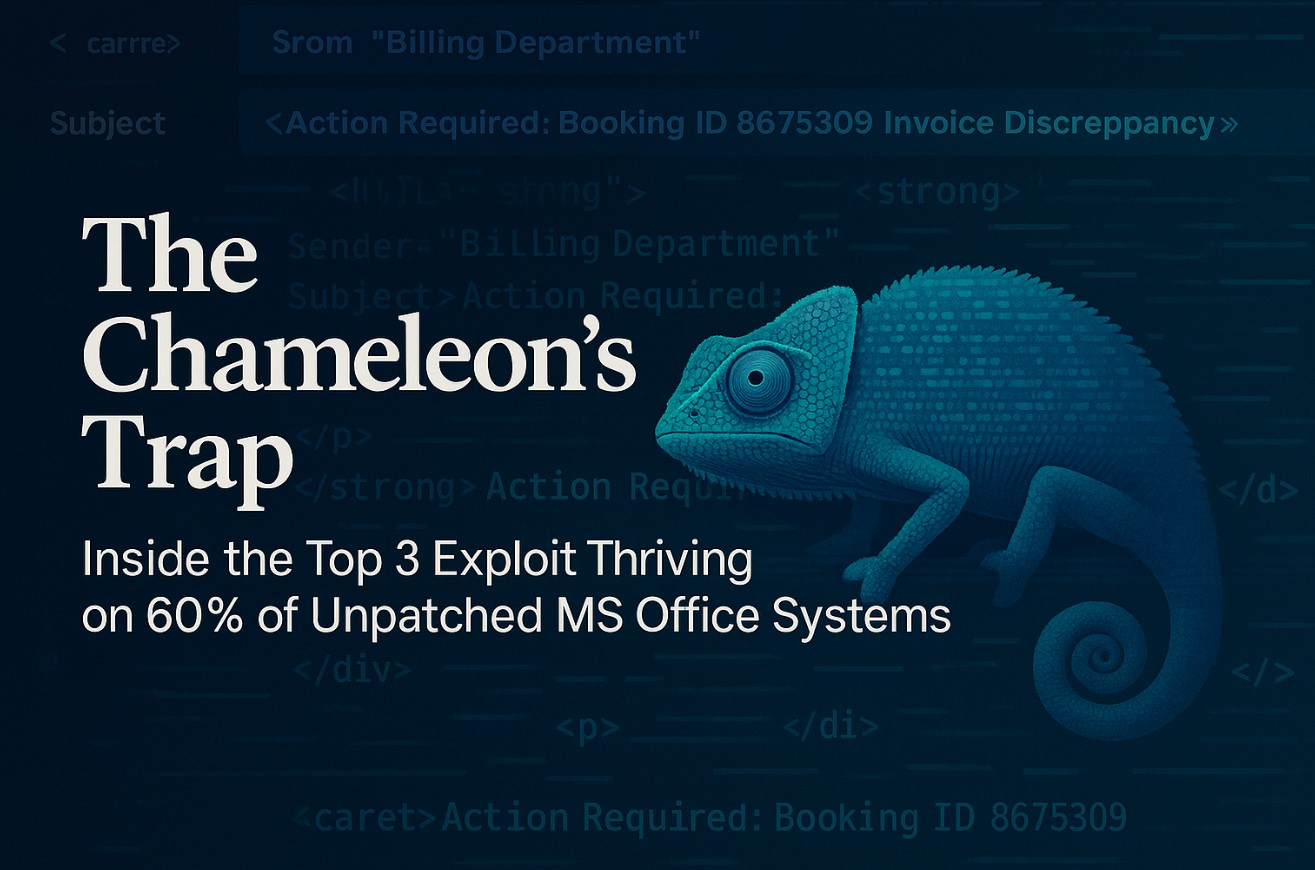

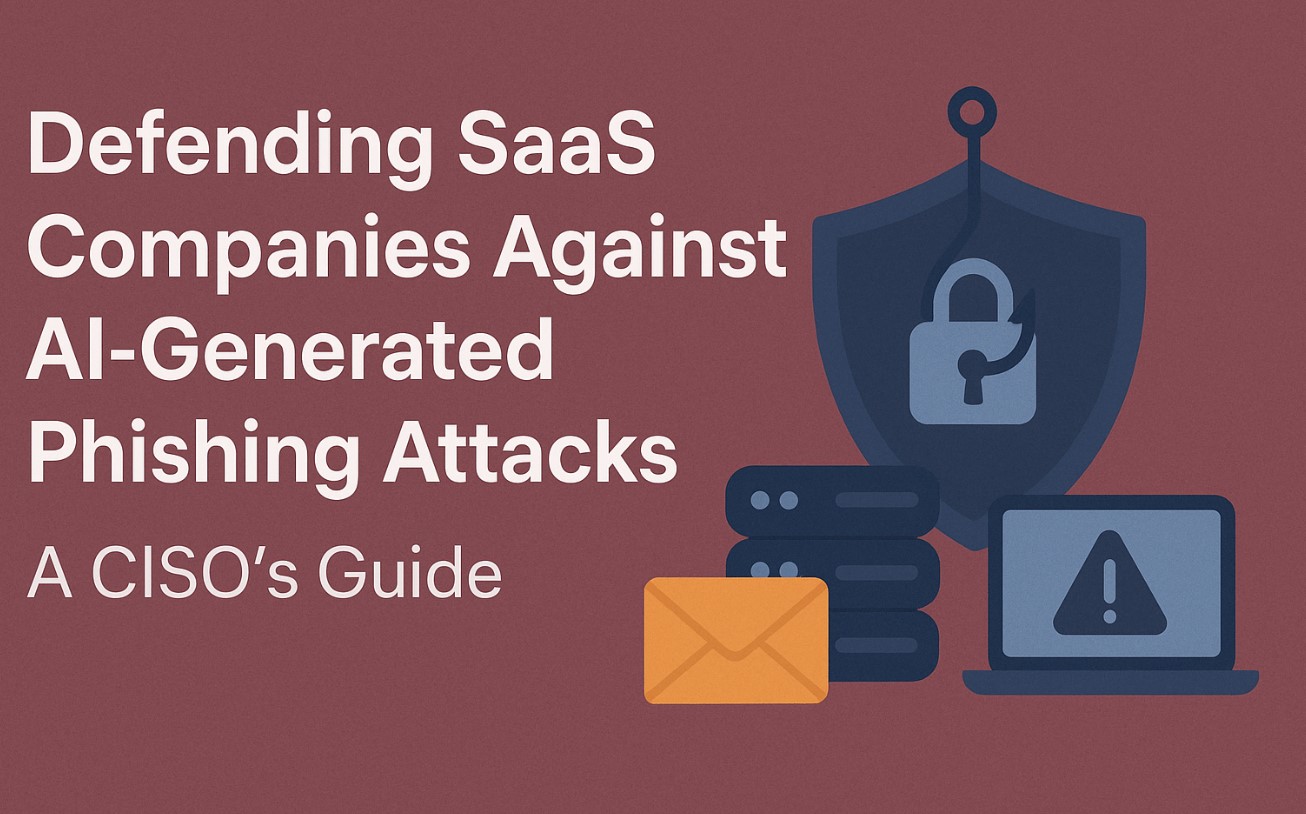


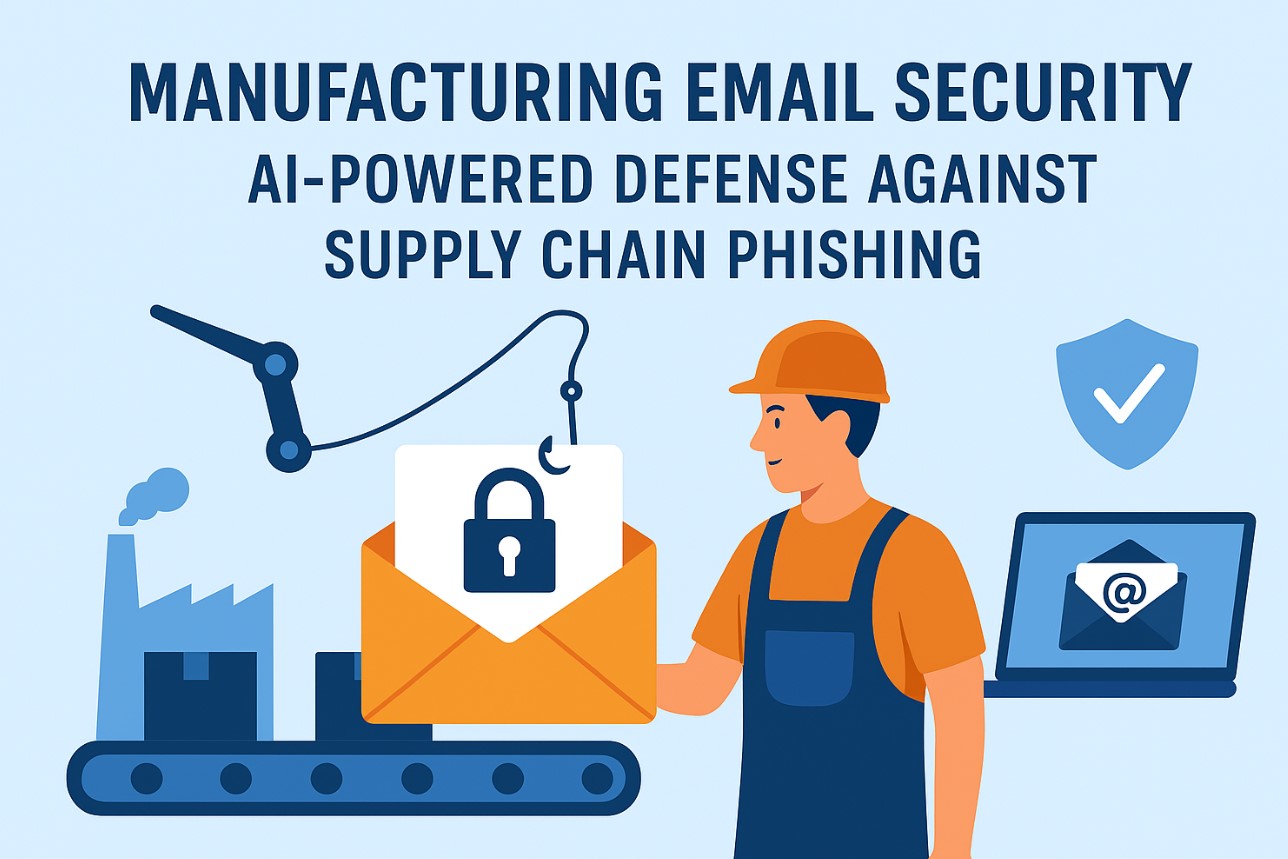
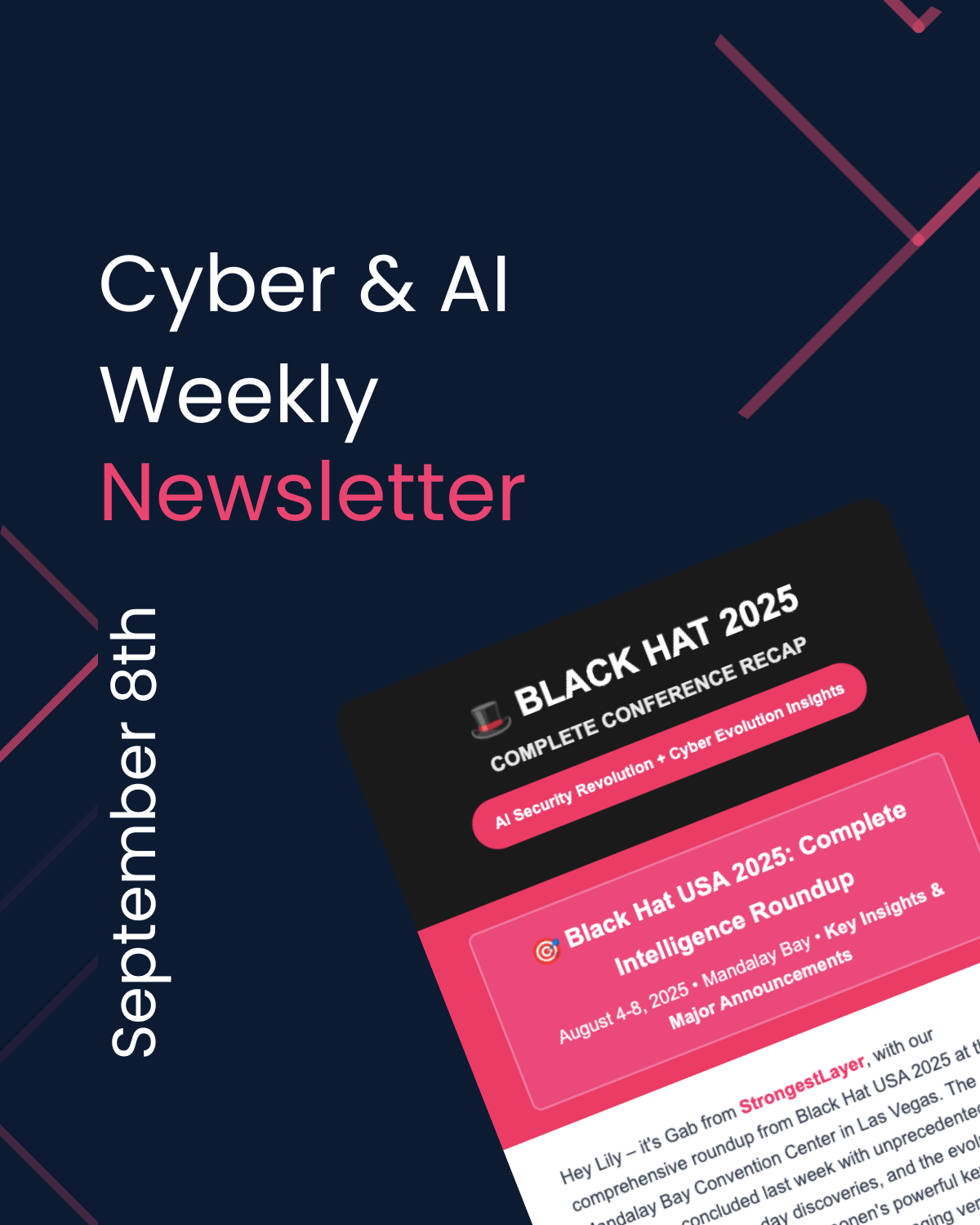
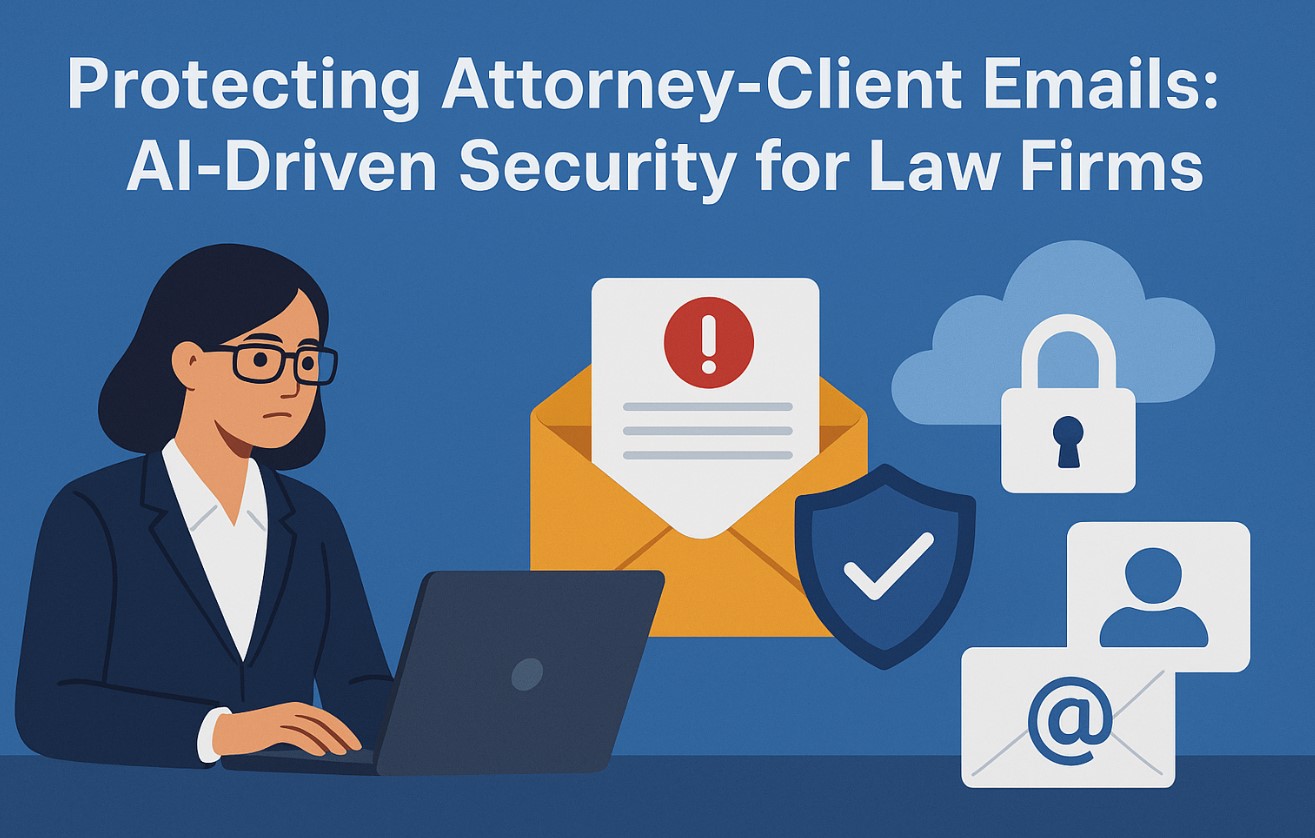

.png)

.png)
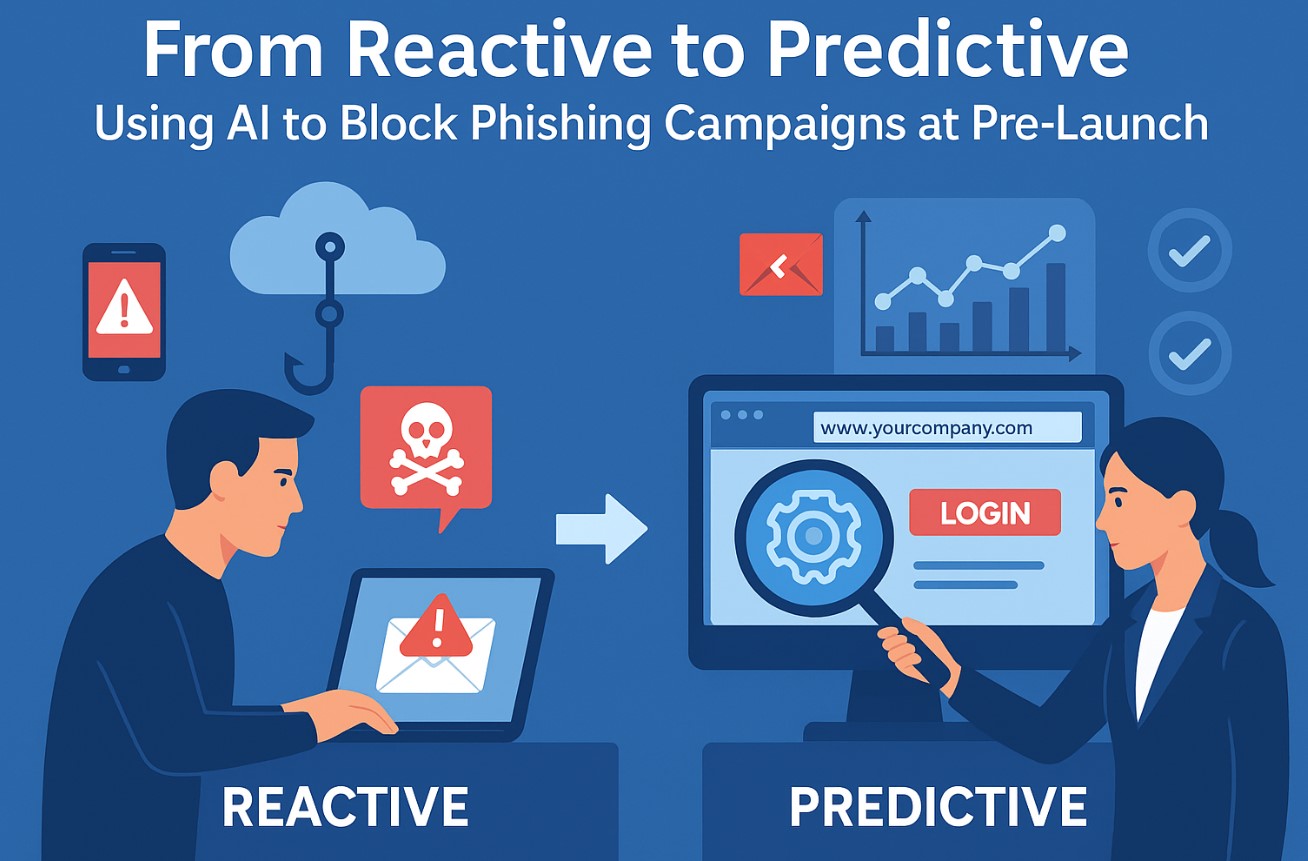


.png)
.jpg)
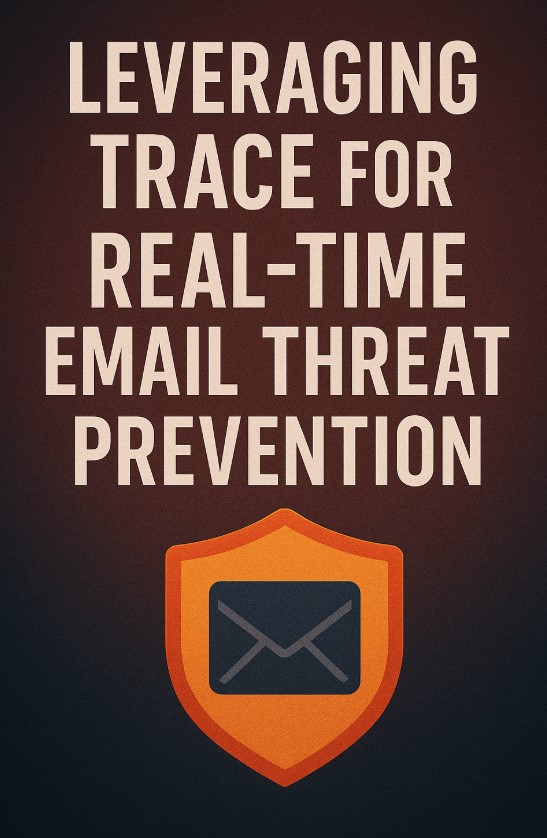
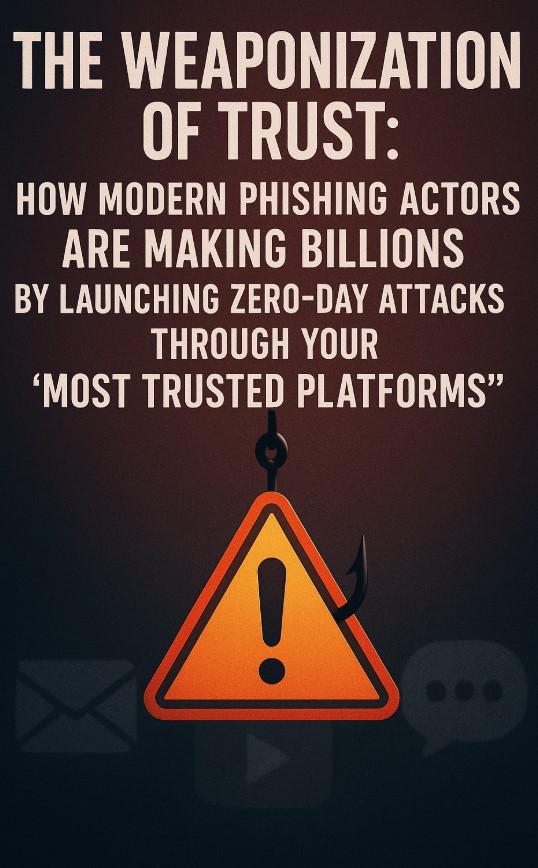
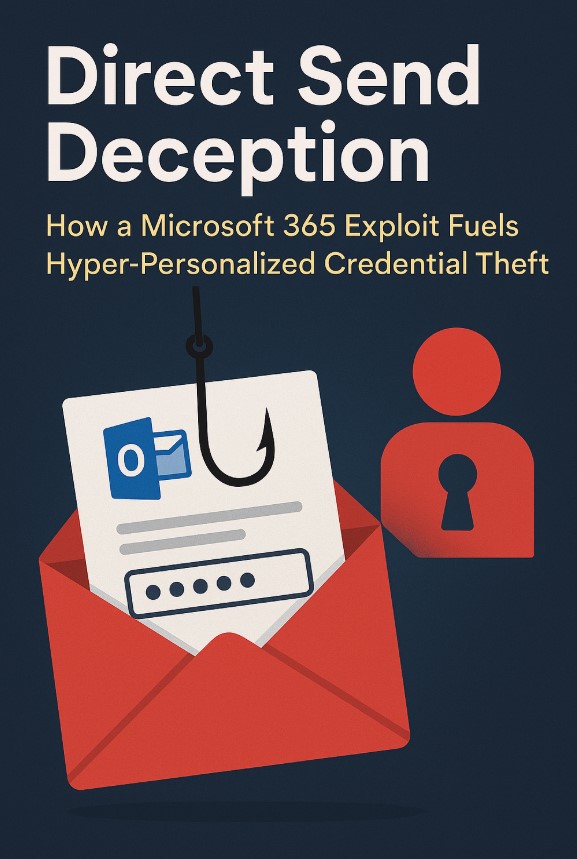
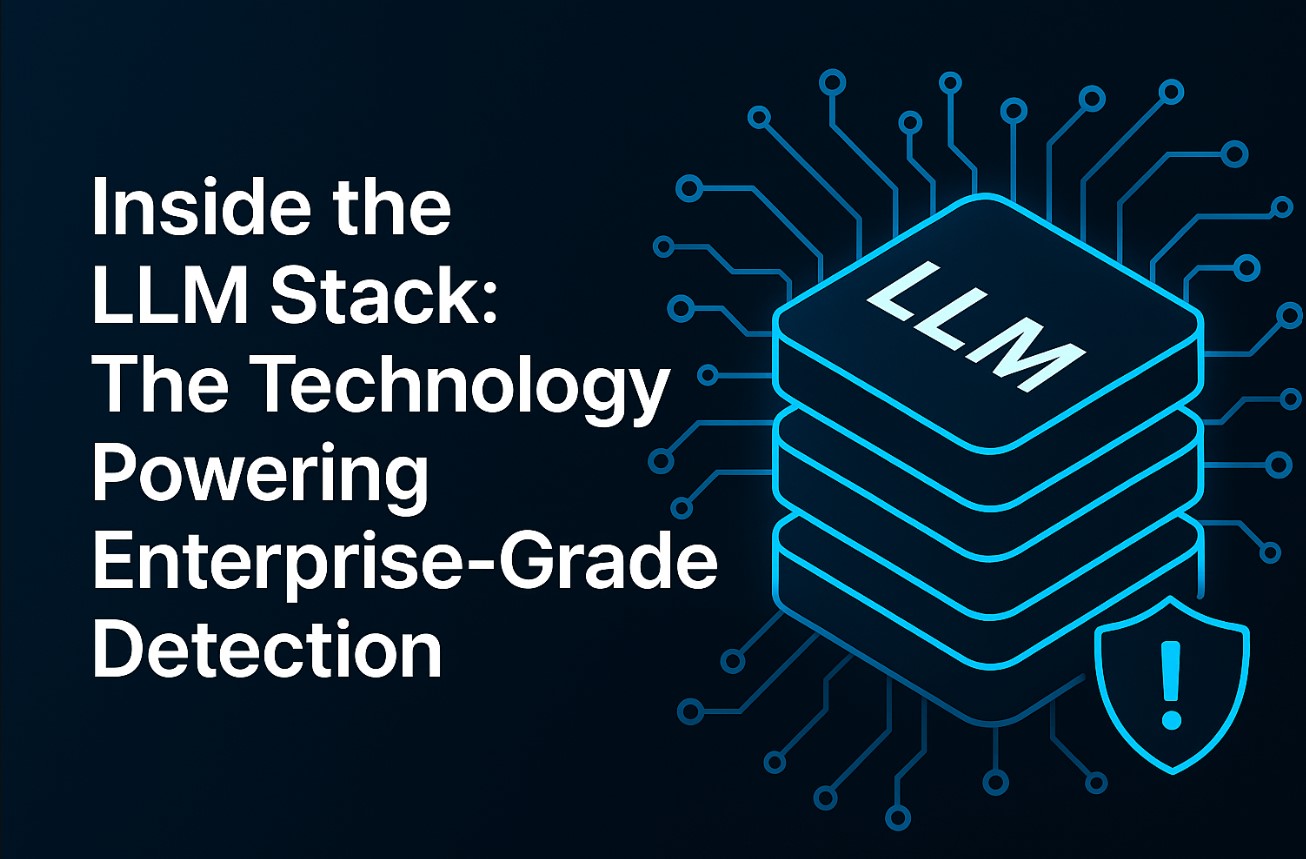
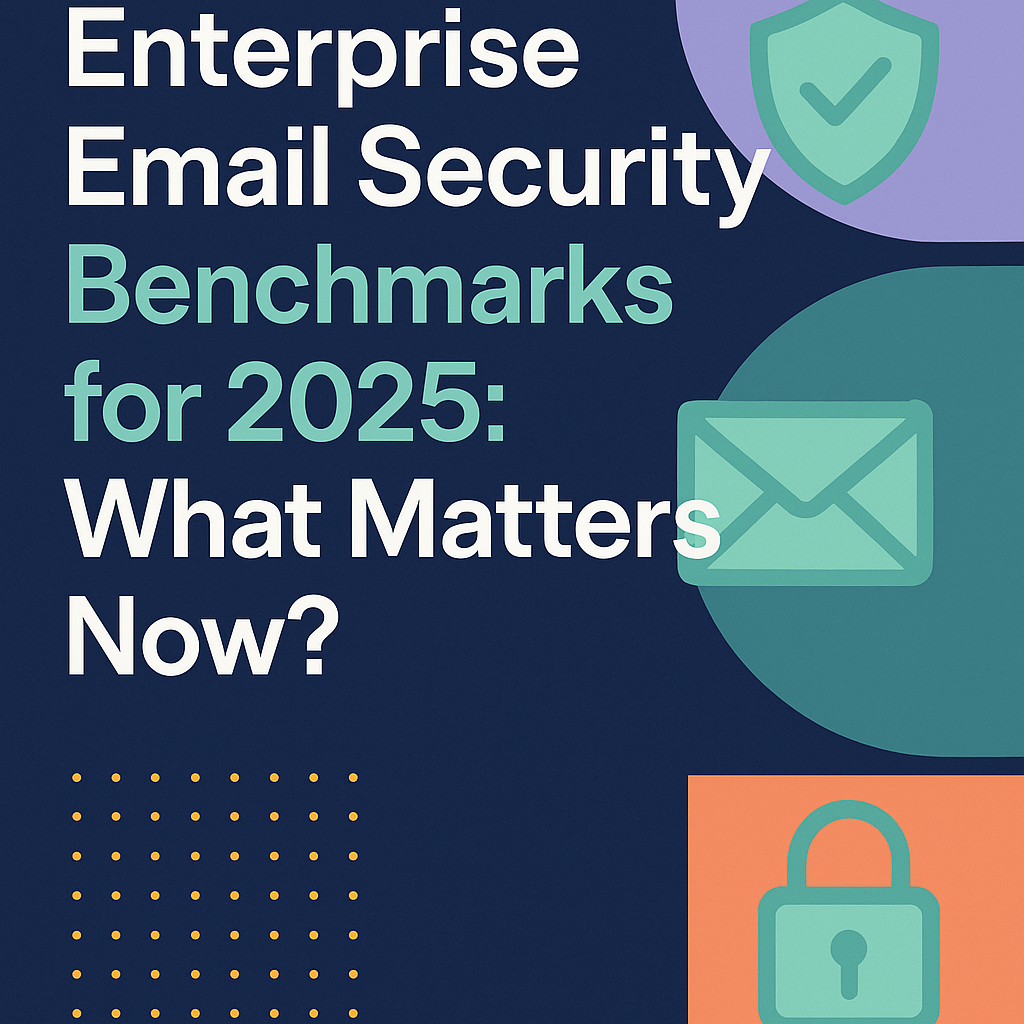
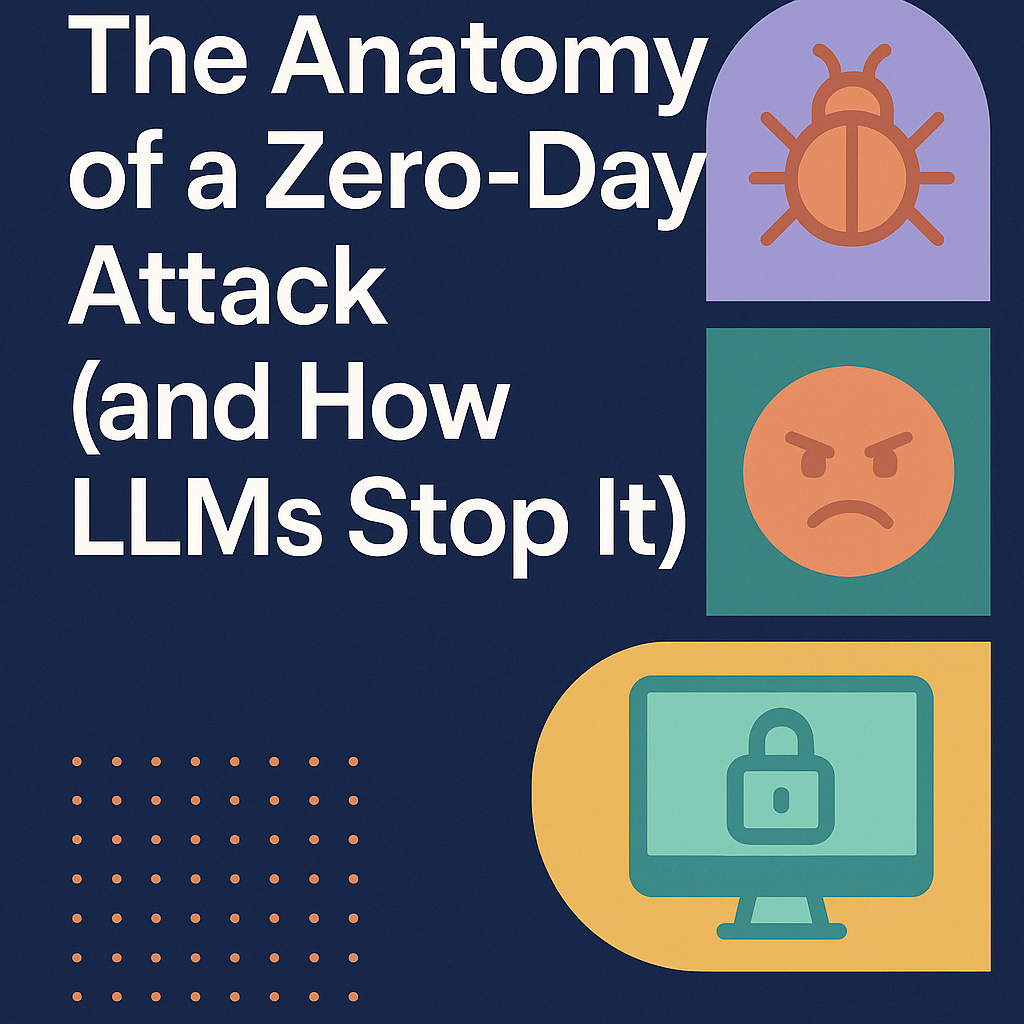

.png)






.png)































%20Attacks%20in%202025.jpg)









